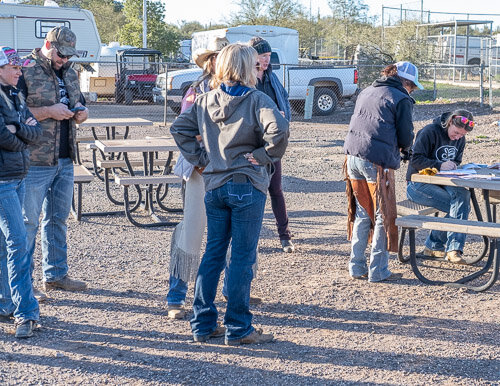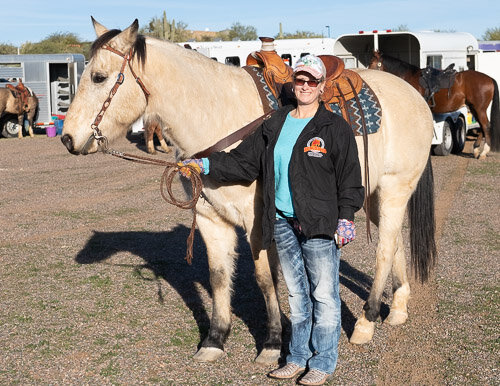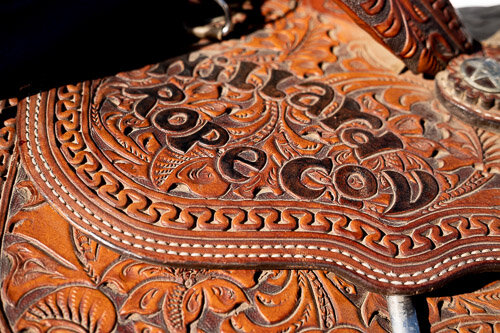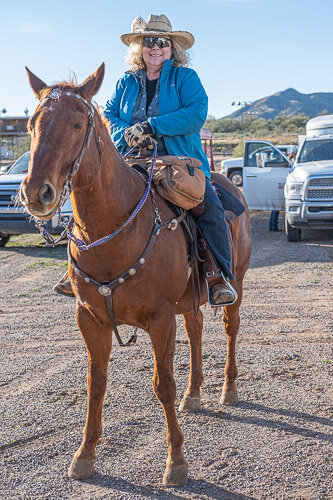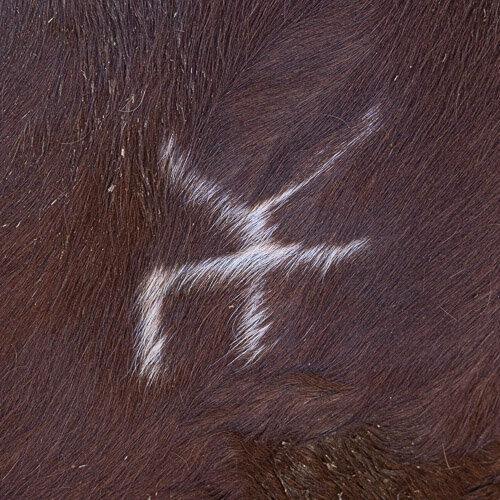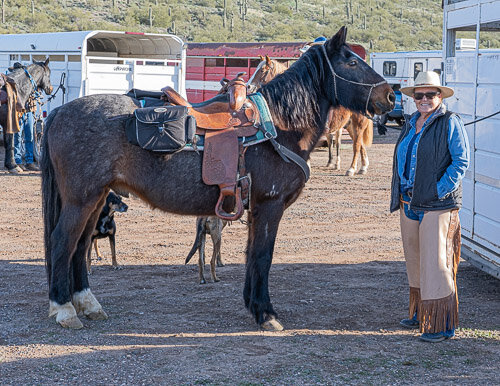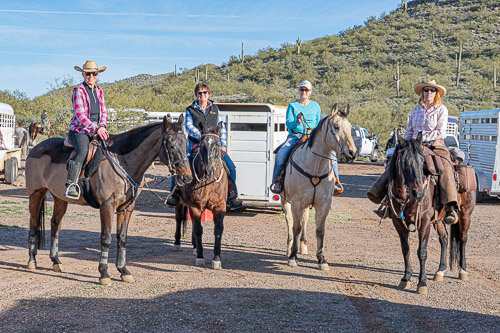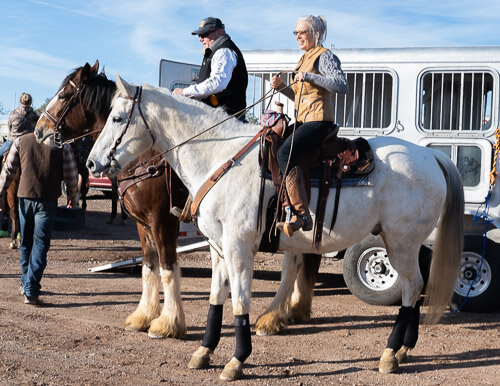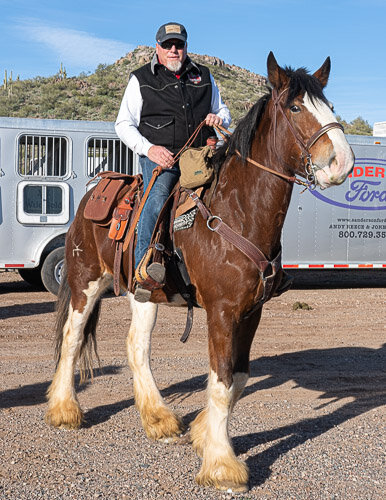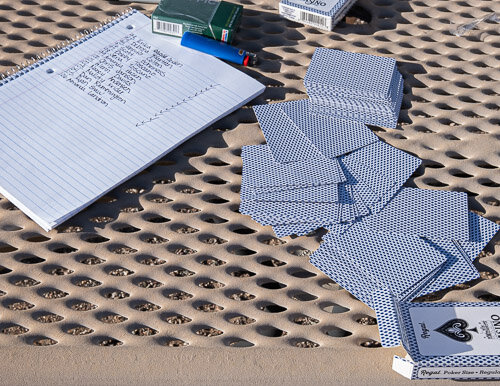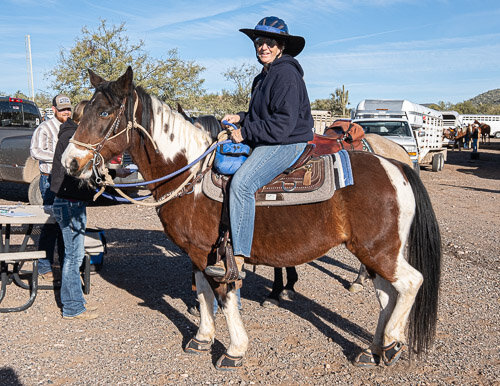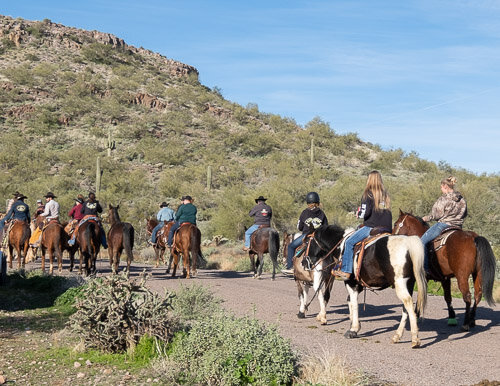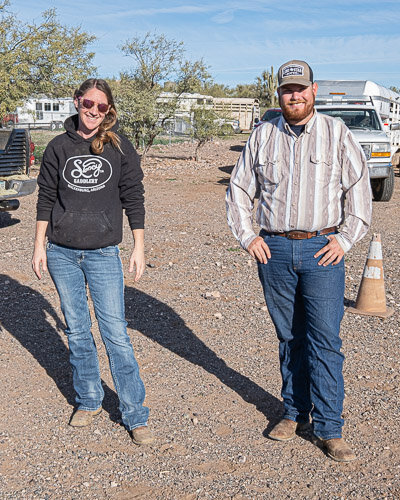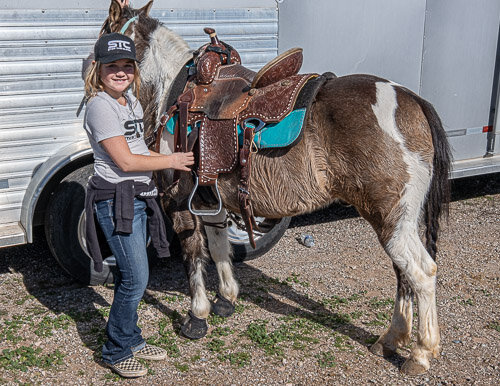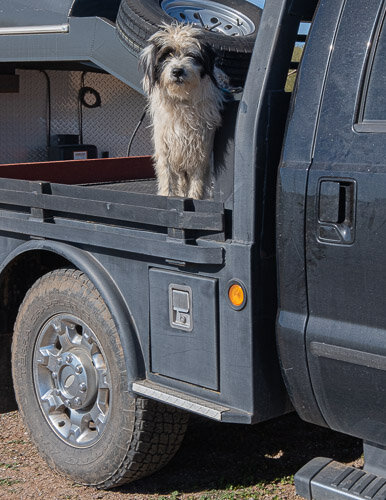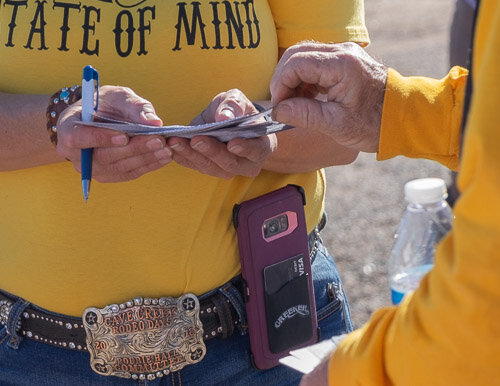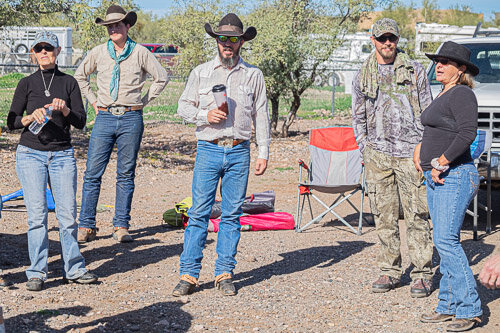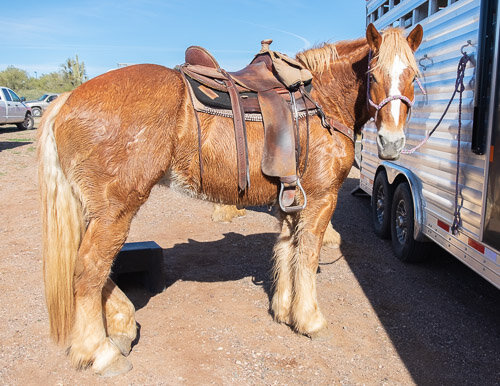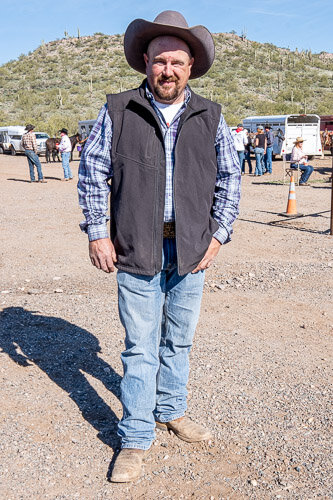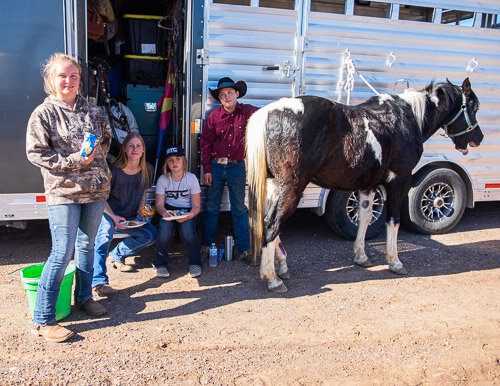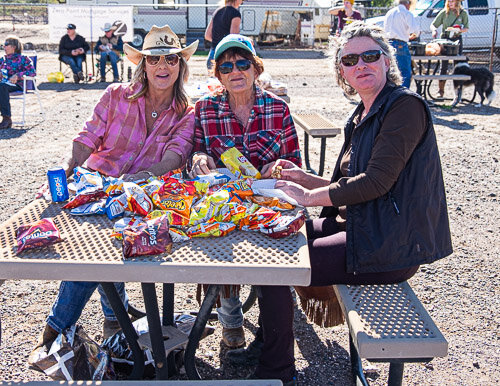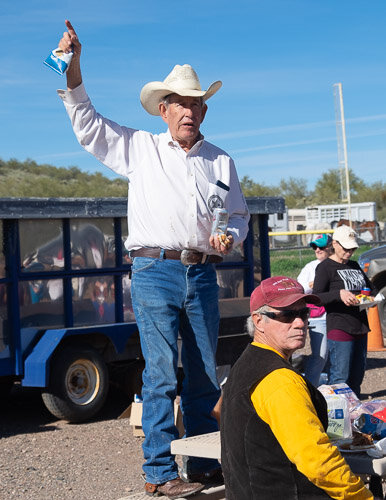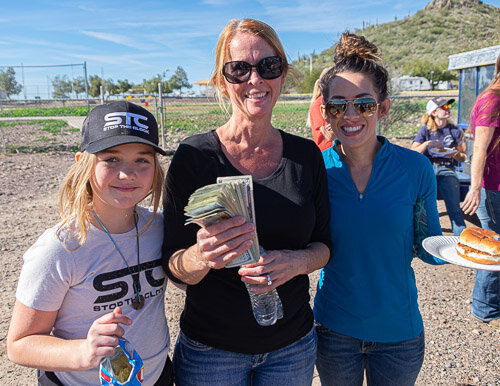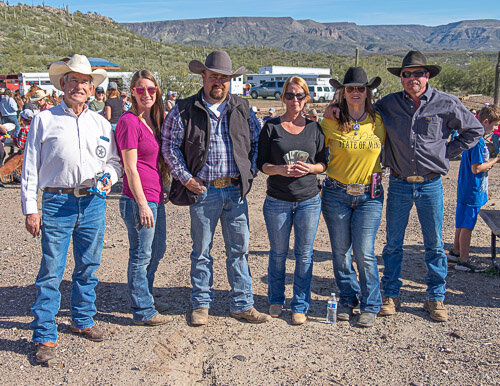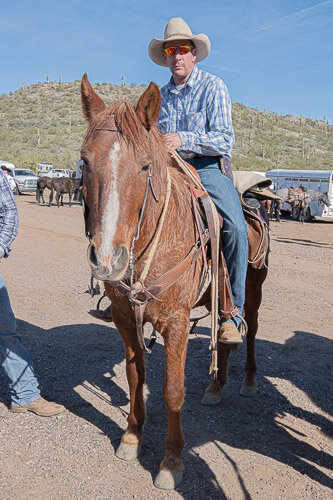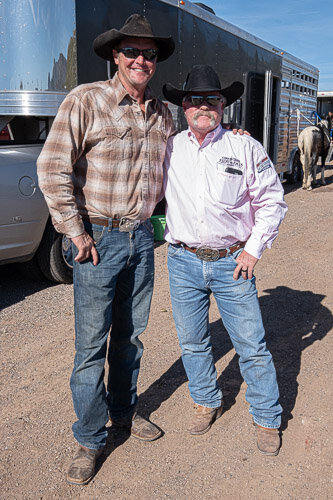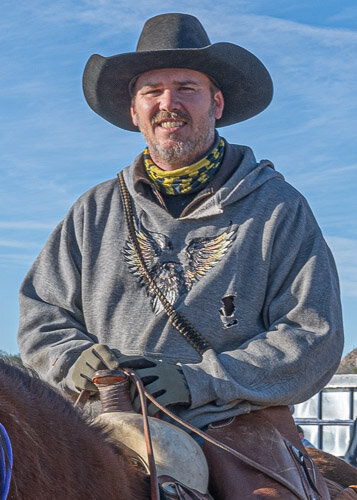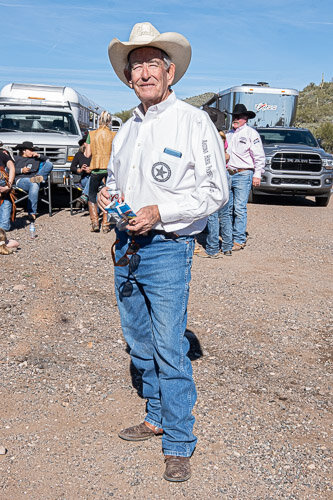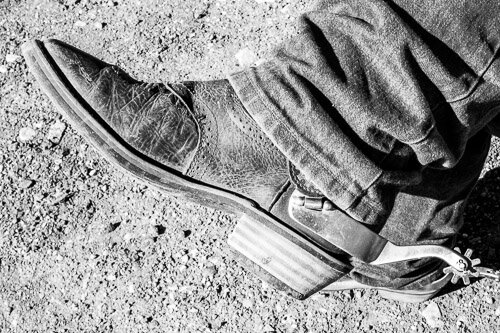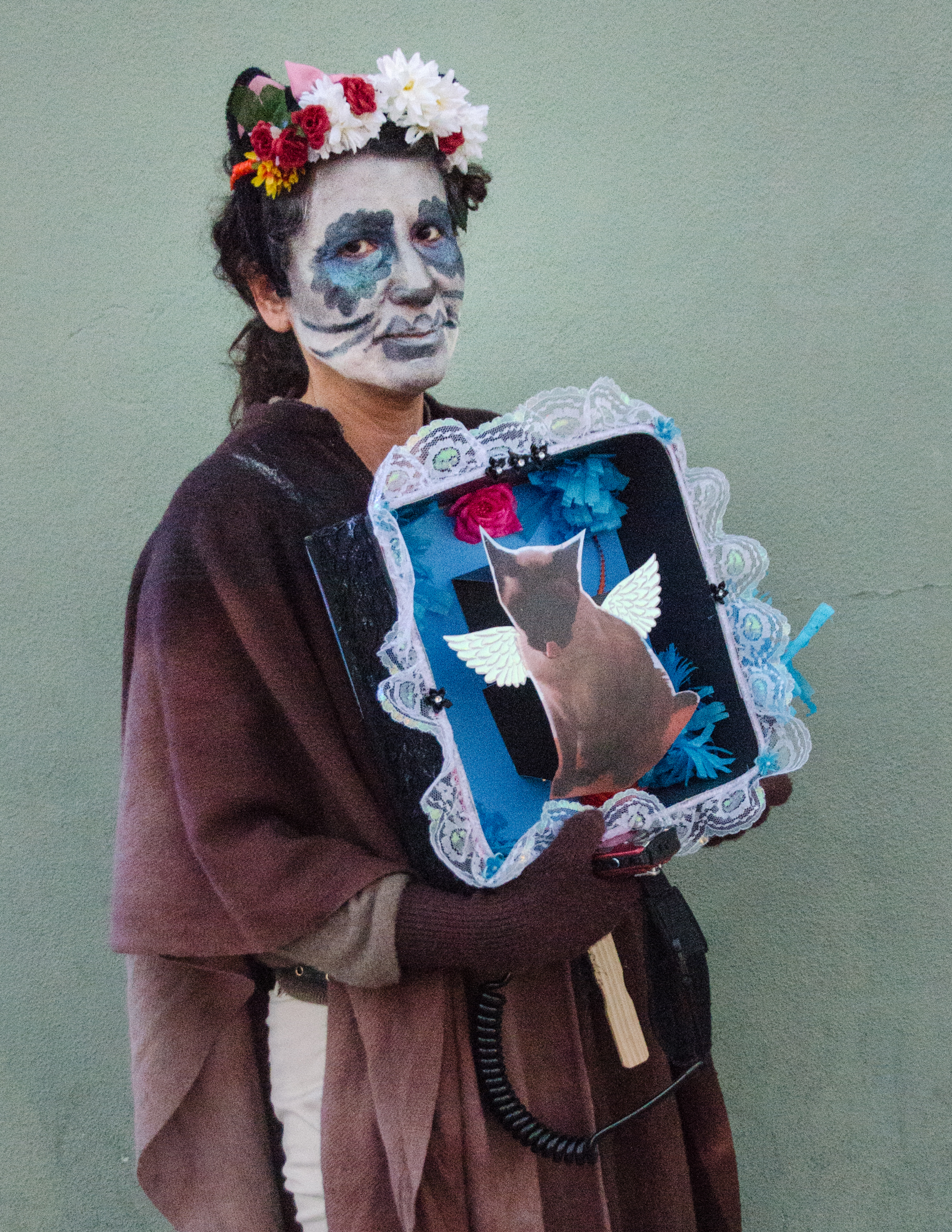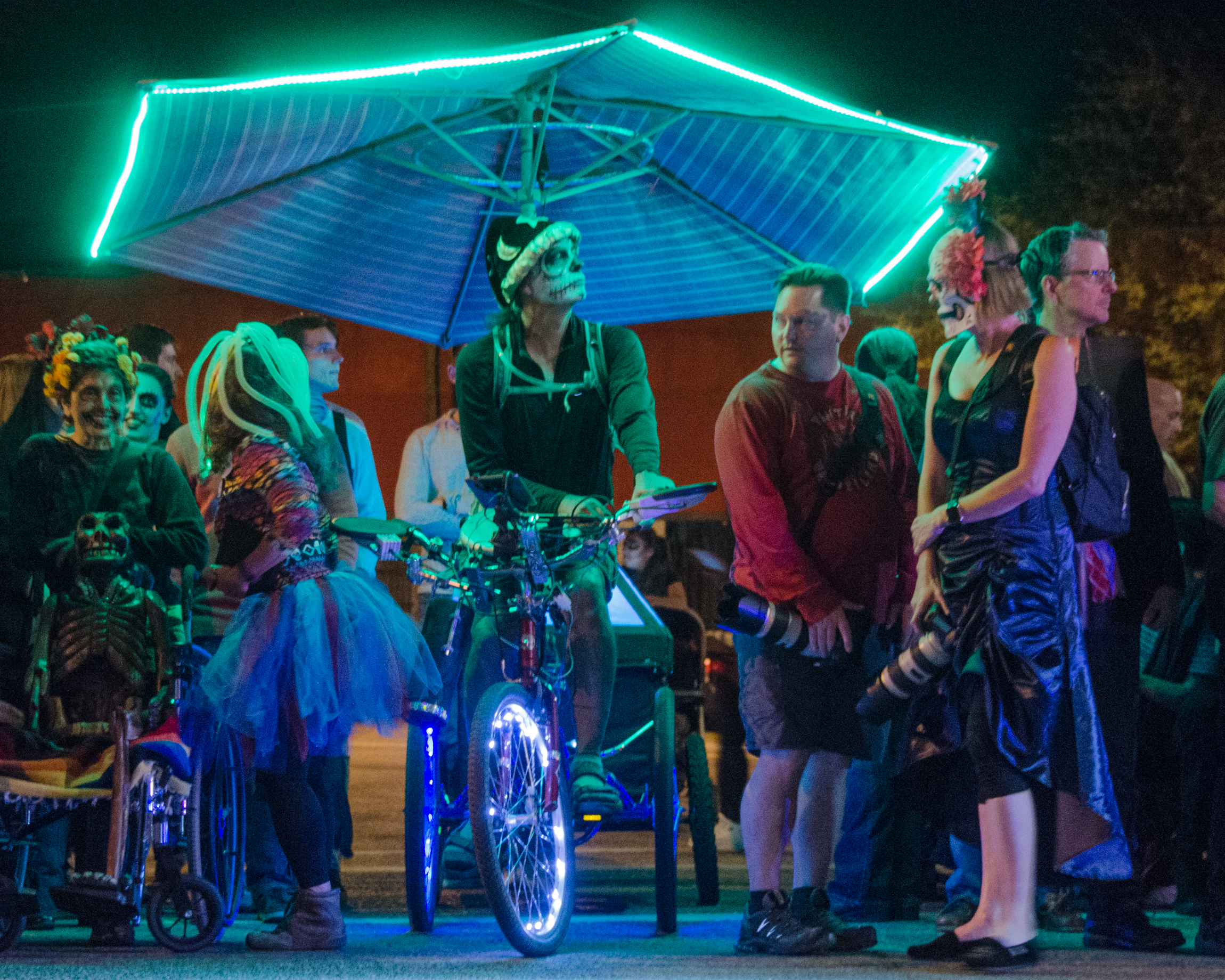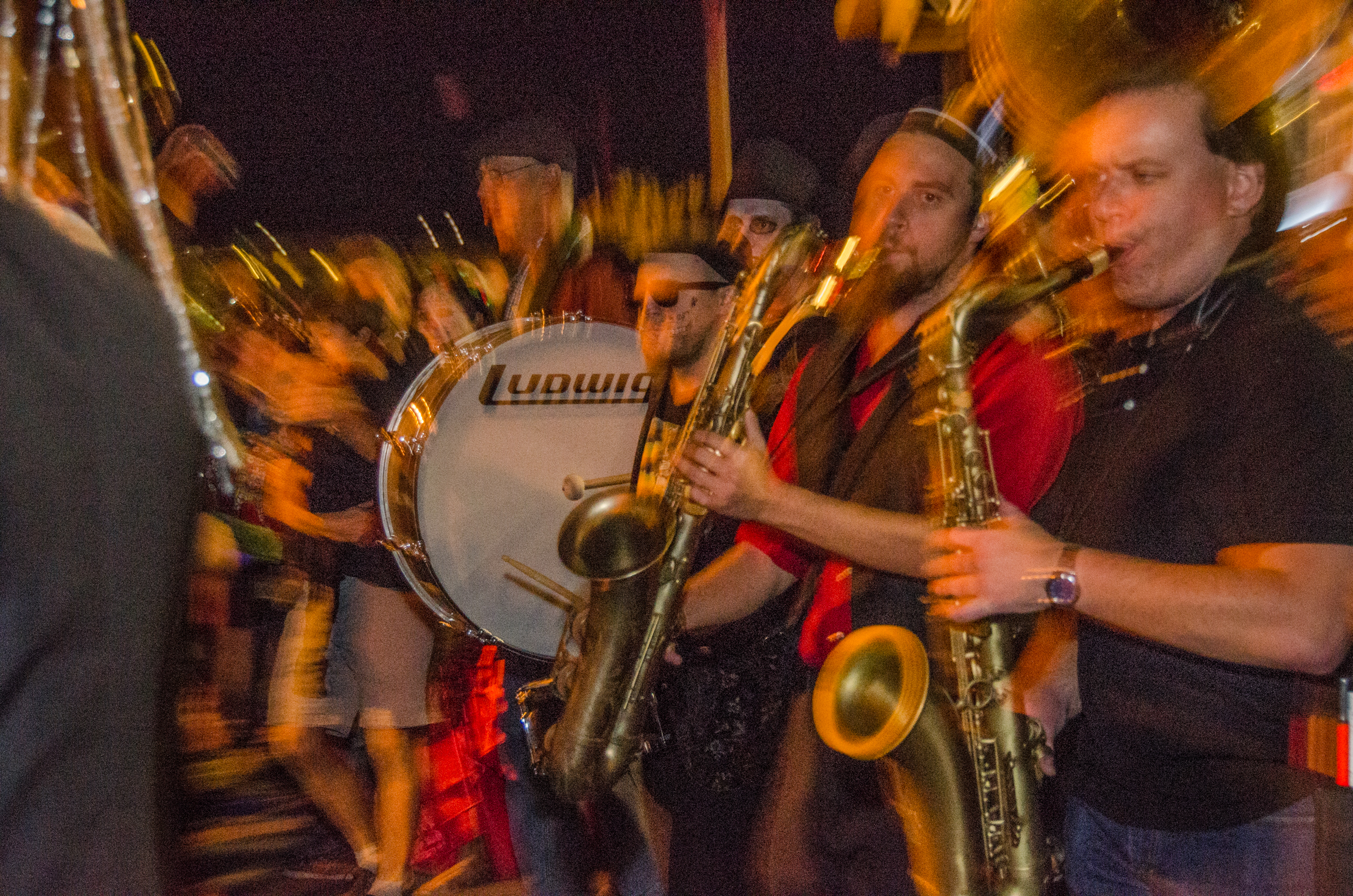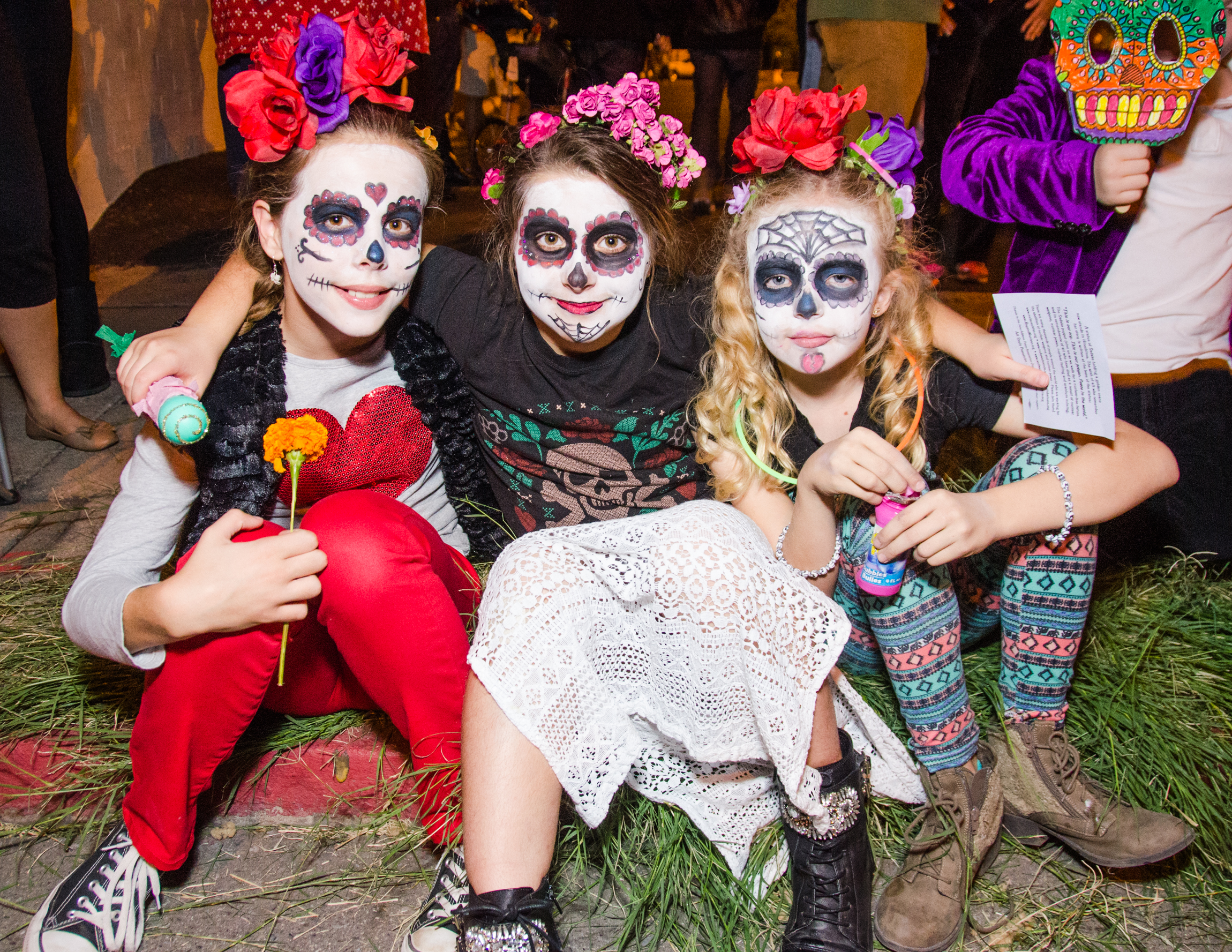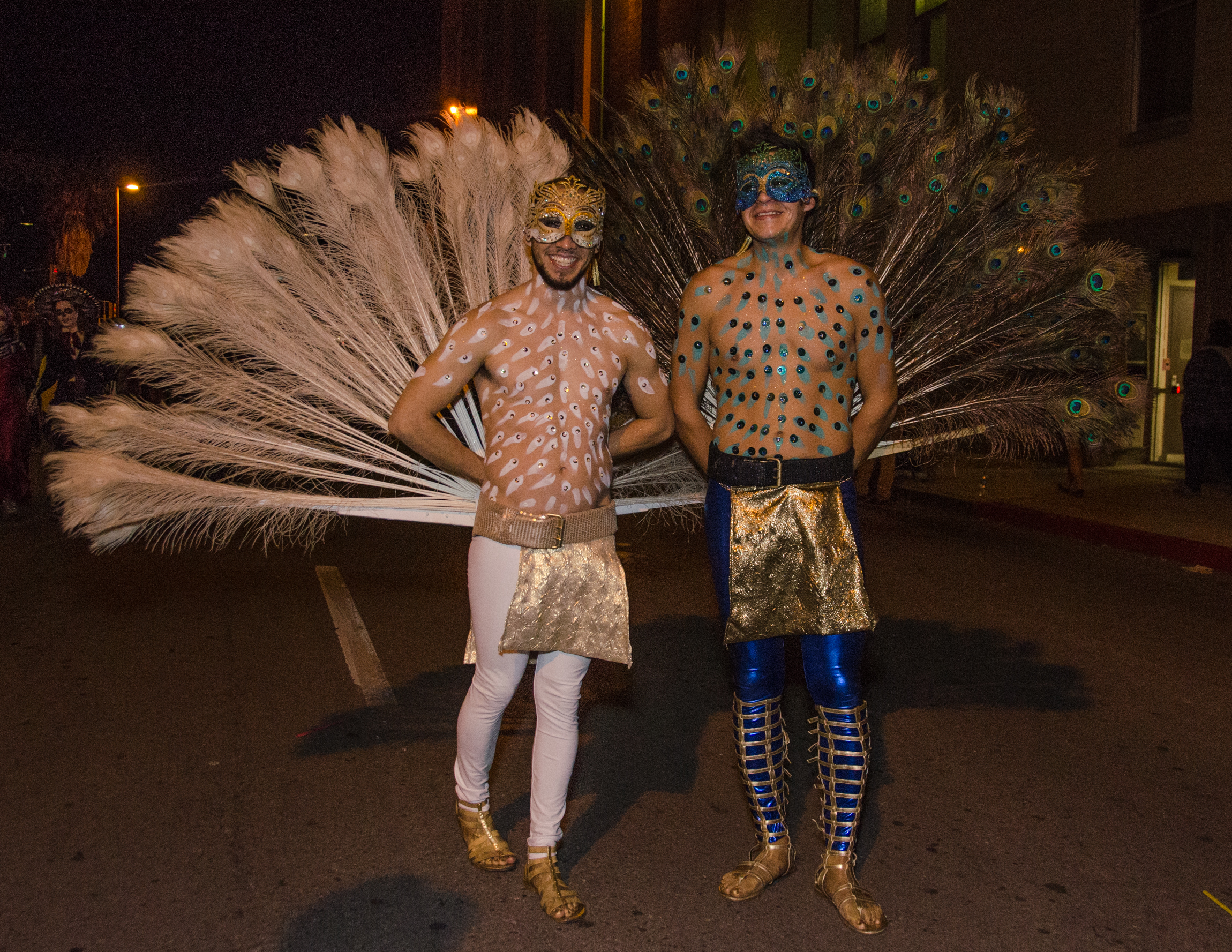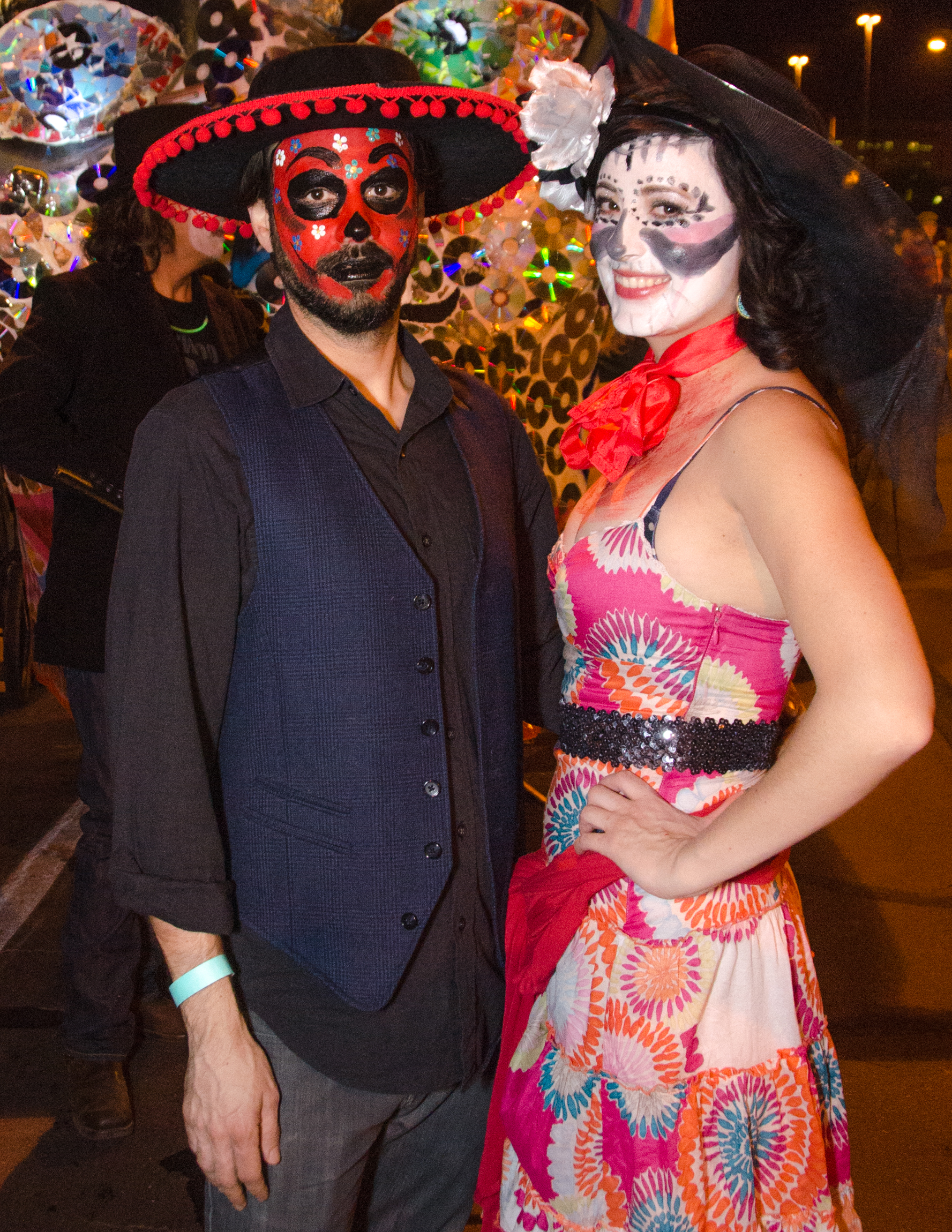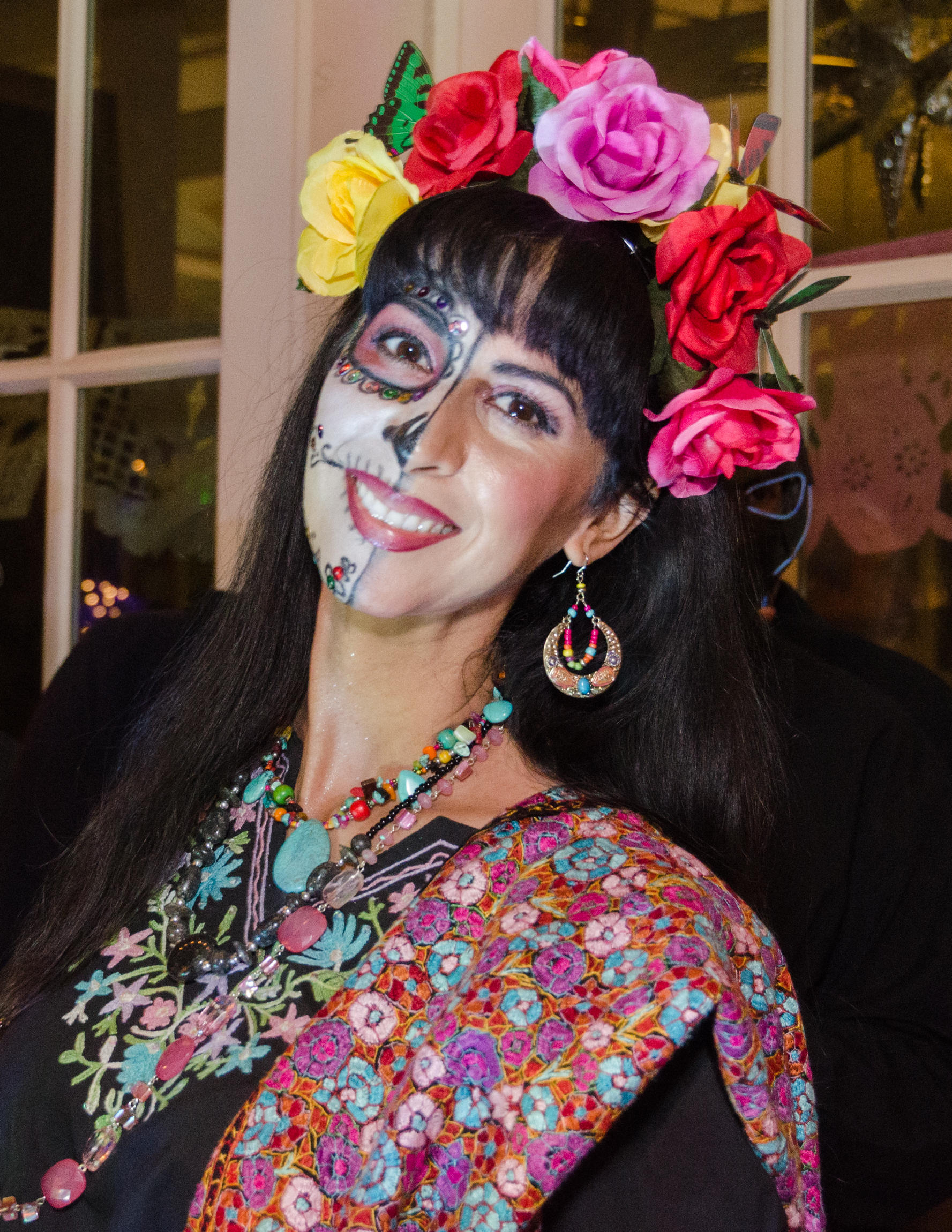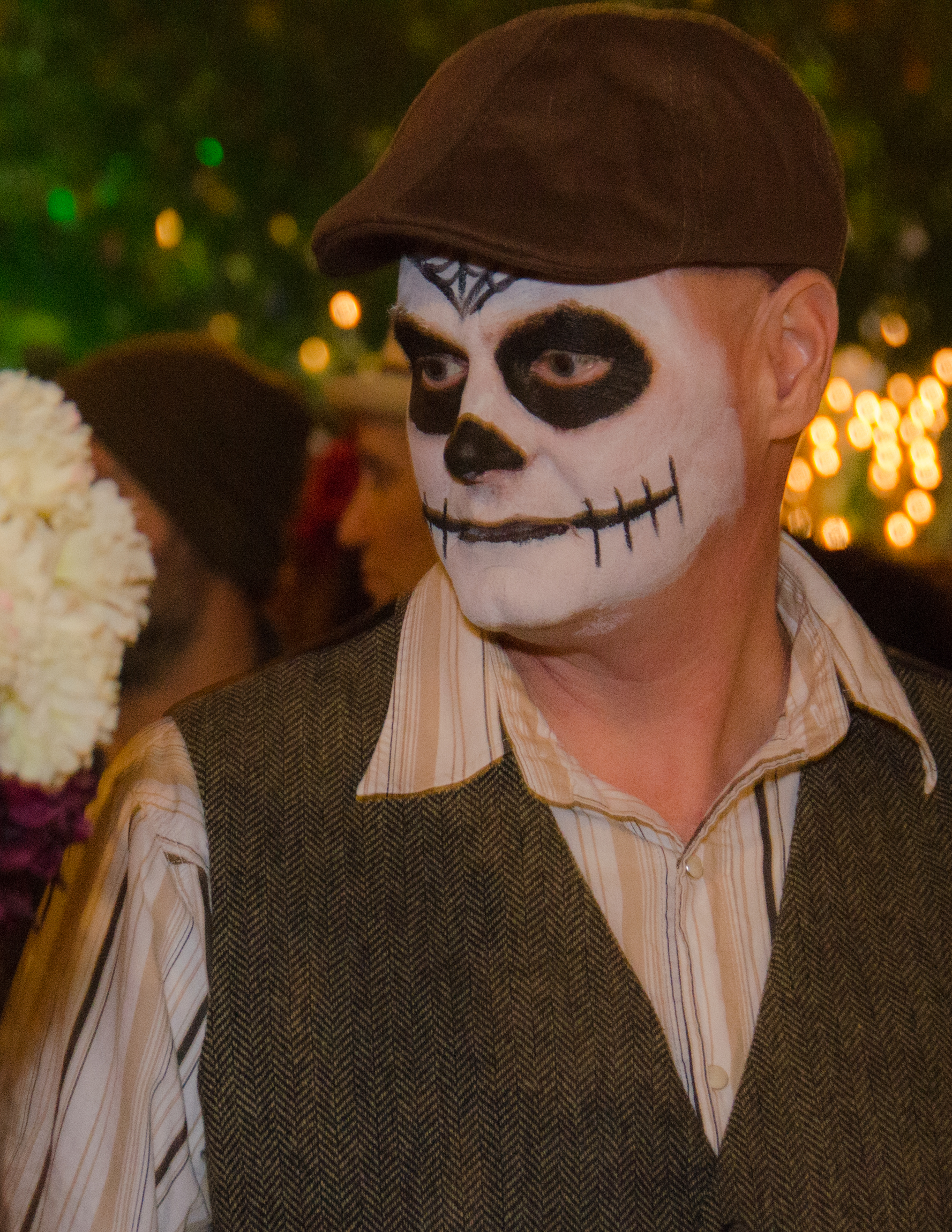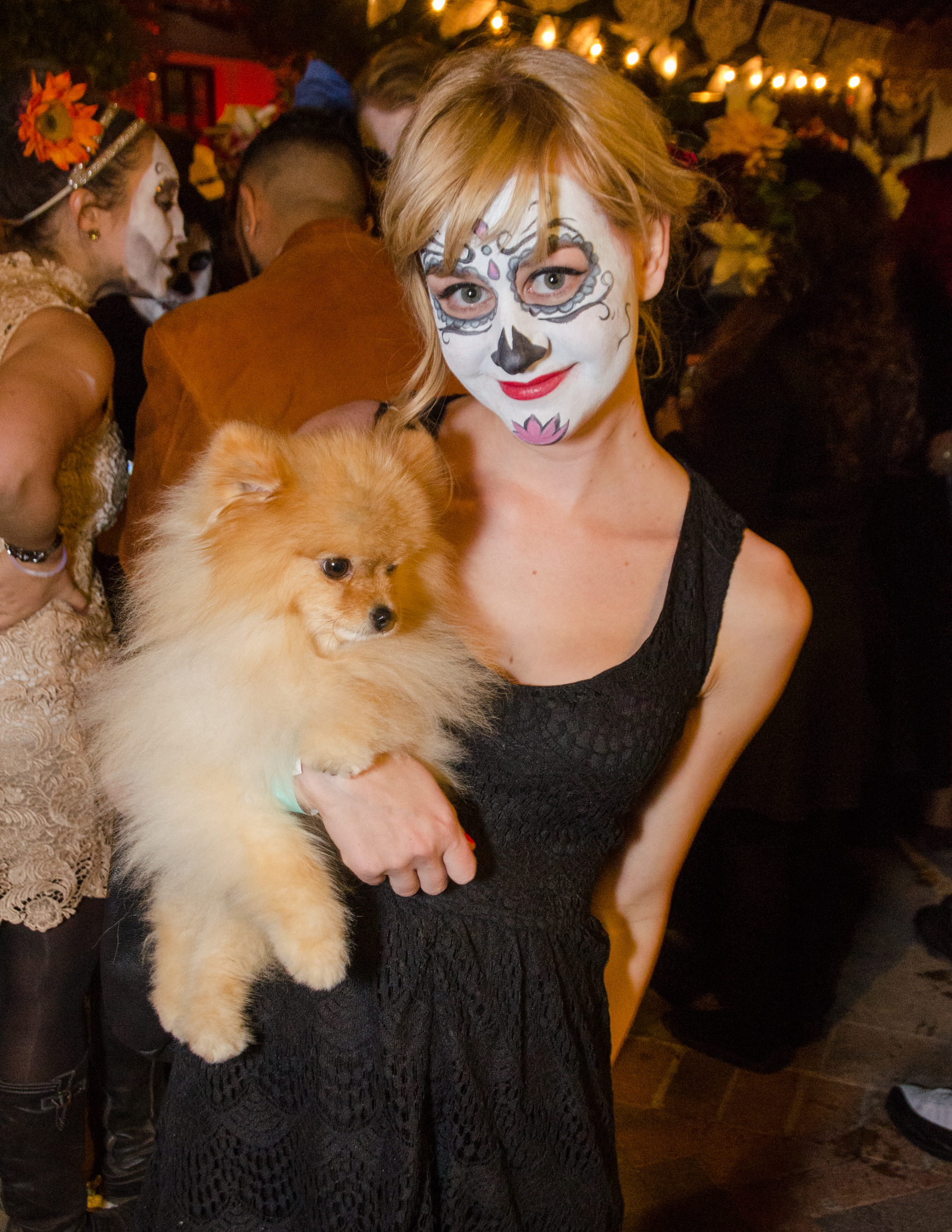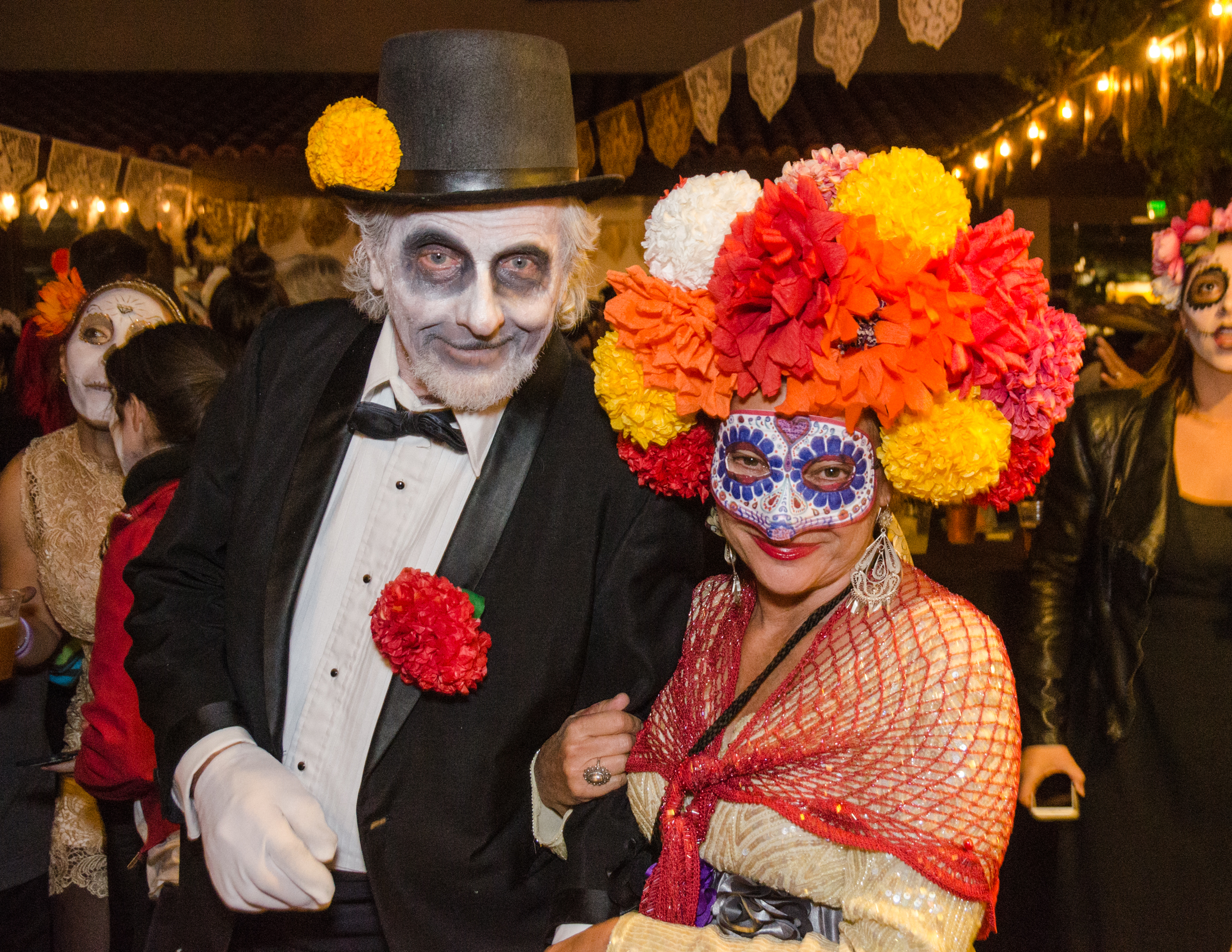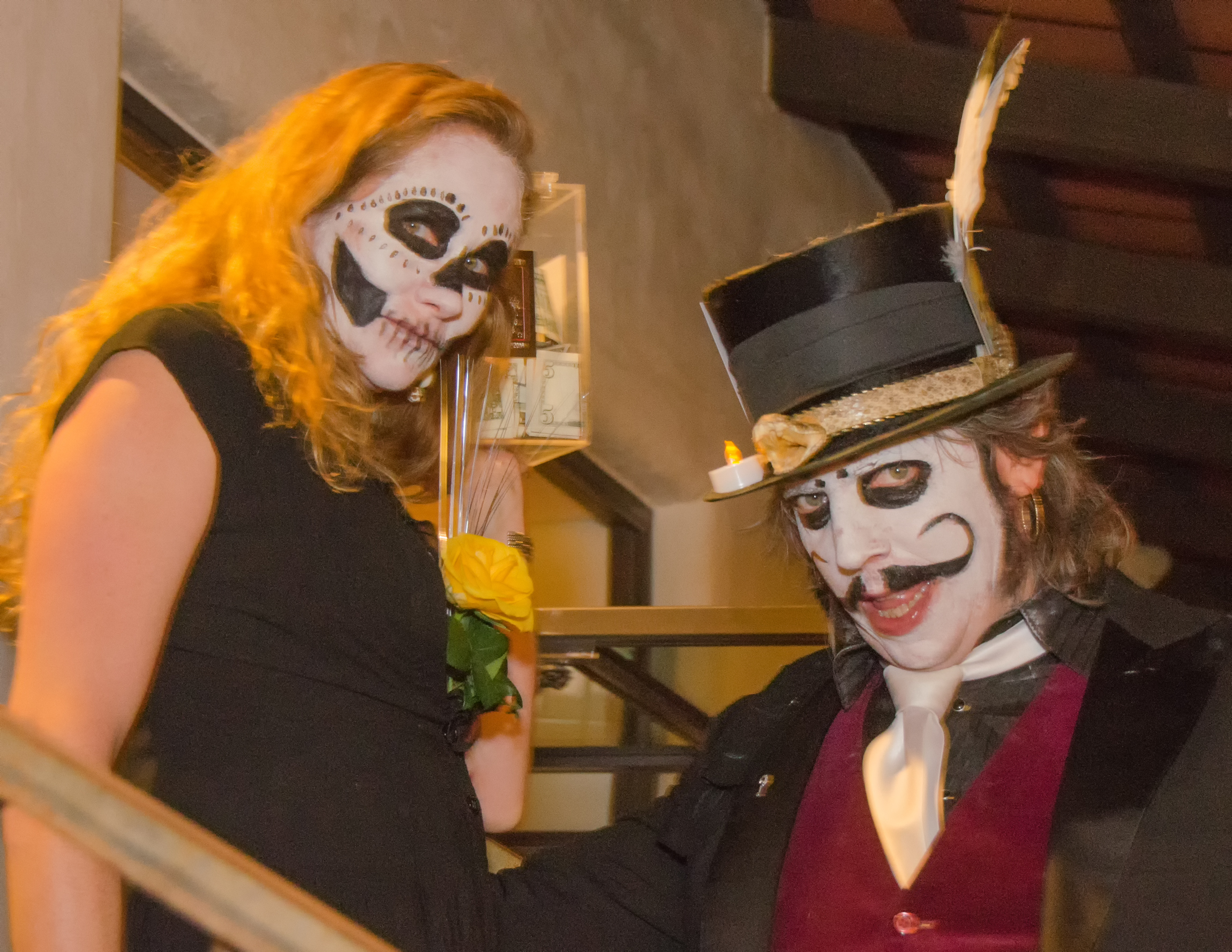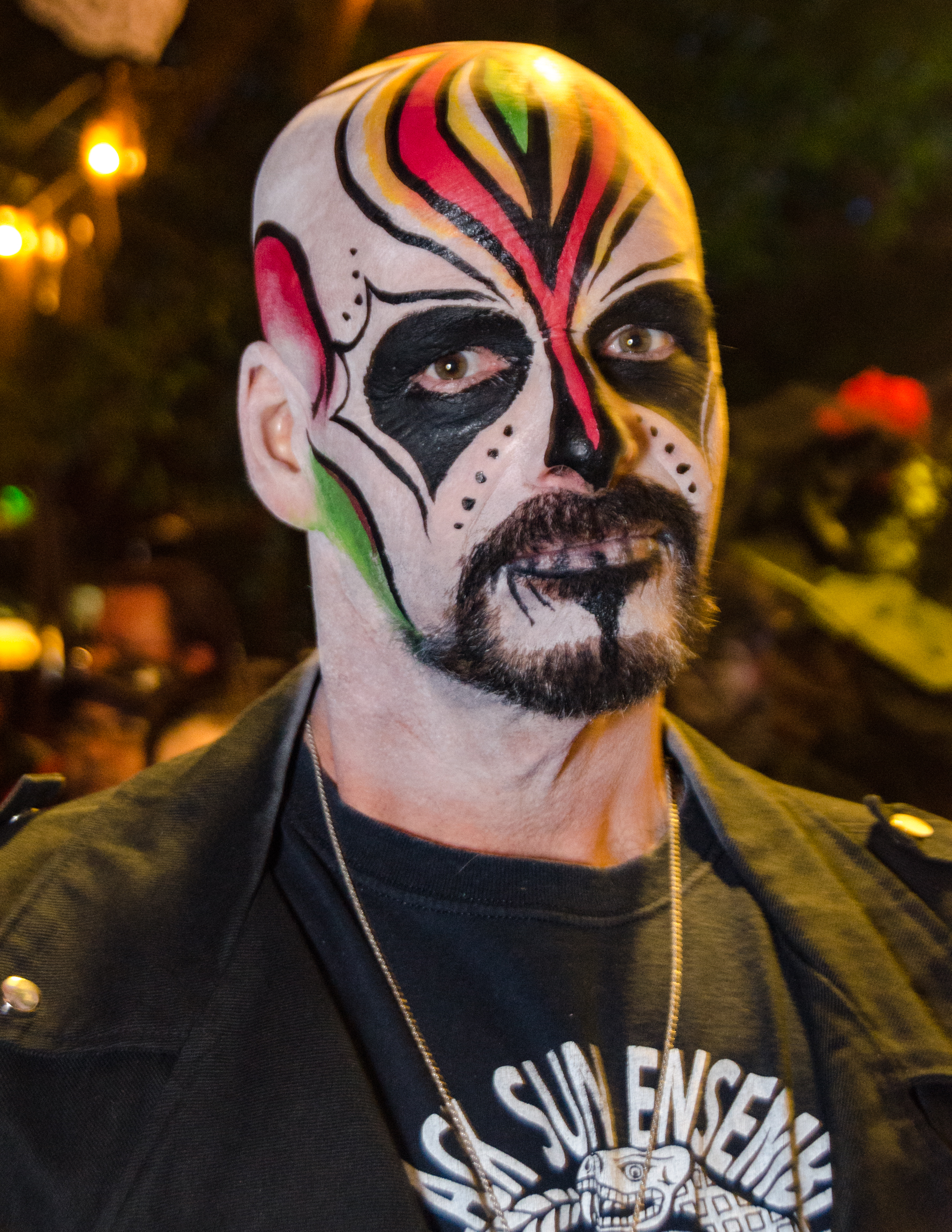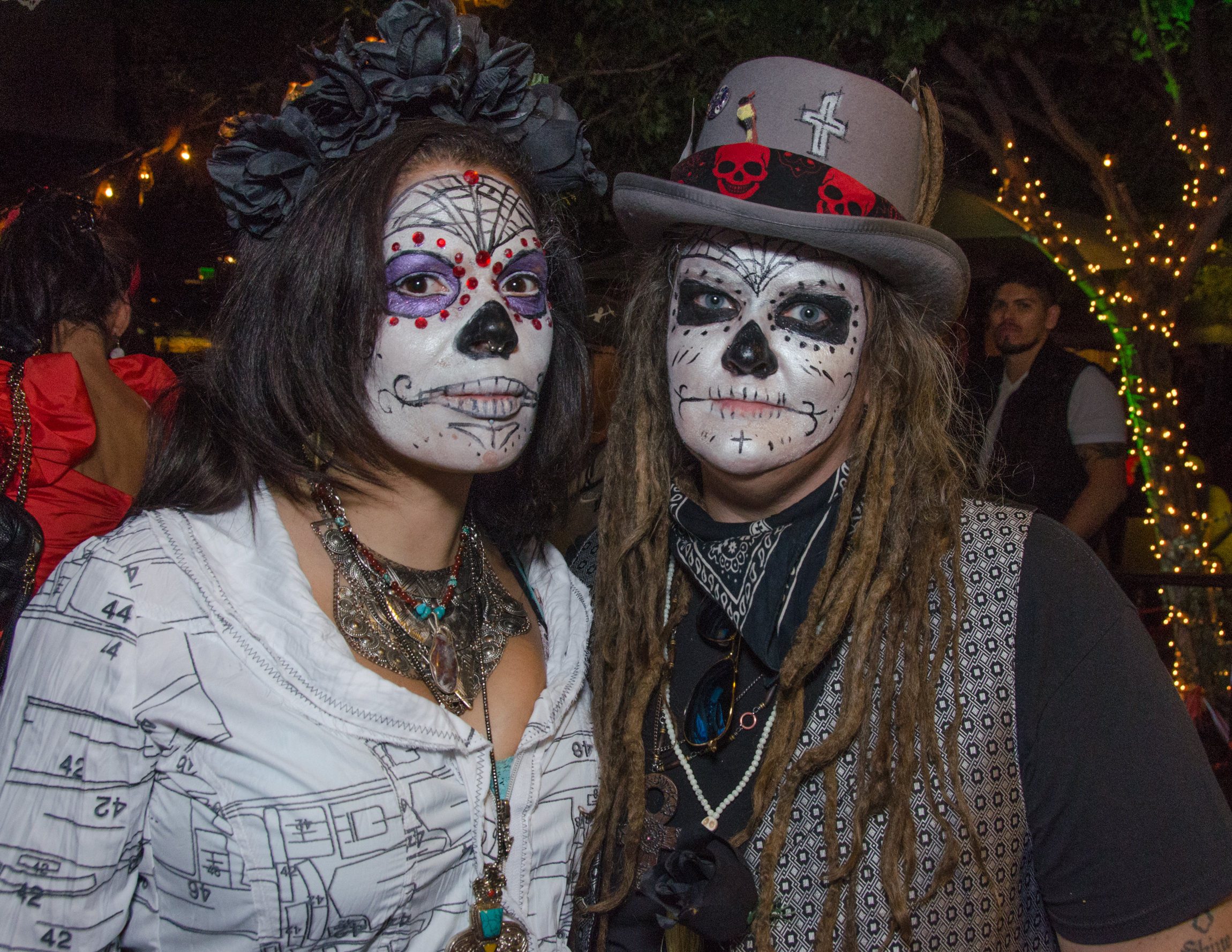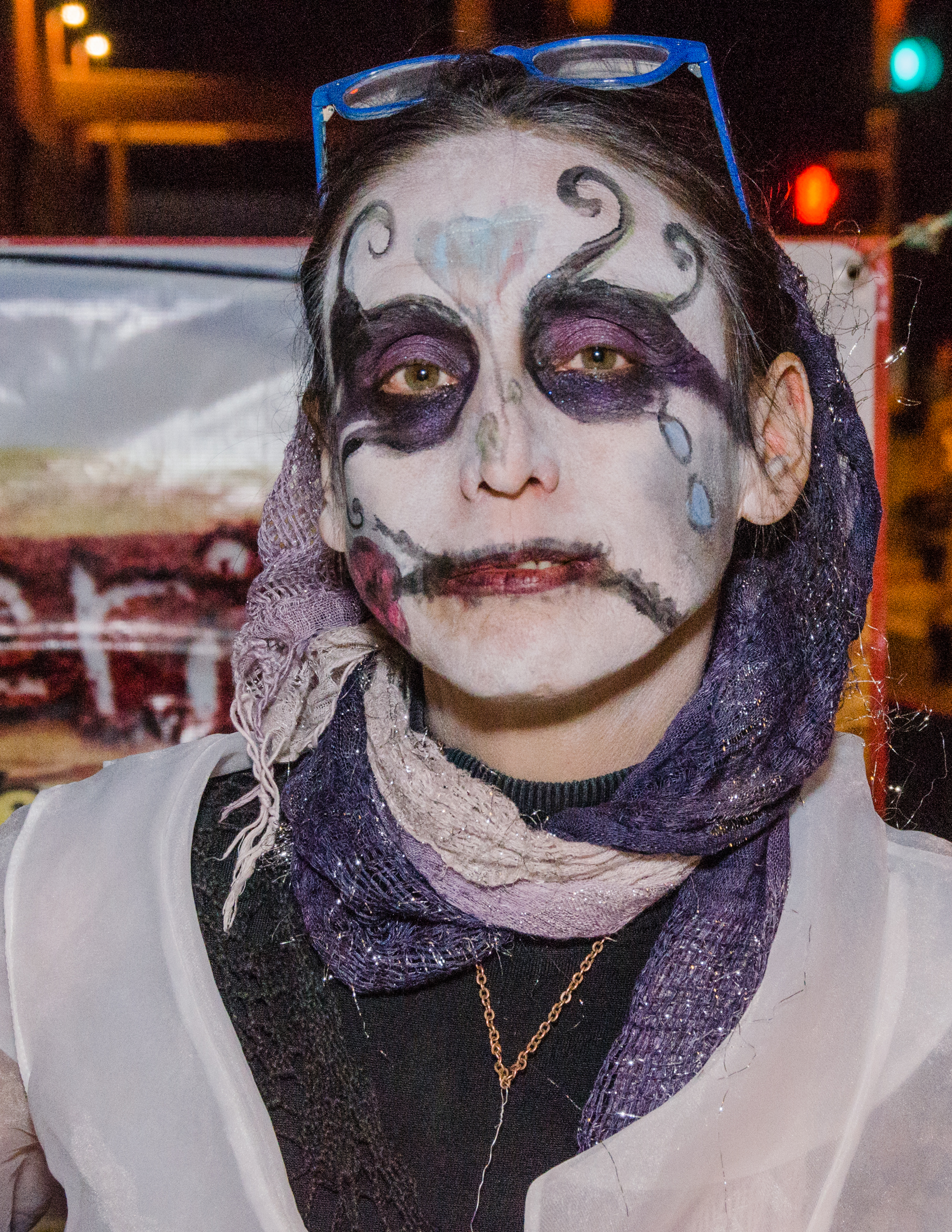Then there is the additional fact that these cars get banged up and a full back up component of cars, drivers and crews has to be ready to jump into the race at a moment’s notice. In the end, everything, large and small, must be optimally considered and capitalized on to get that winning outcome.
Does this ring any bells with photography and life in general? It does to me.
How prepared are you for a photo shoot? Have you built up the skills for posing, composition, lighting, creating rapport with models and clients, etc.? Have you thought through the shoot: finding the right location and props, getting the timing and scheduling right, bringing the right gear so that you have various options available and packing so that everything is accessible as needed? Have you sketched out the shoot to see how to set up for the shots? The better your forethought, the more chances to take advantage of unexpected opportunities and changing conditions.
Are you engaged in continuous learning or tending to stay in your comfort zone? What kinds of risks might you take to get out of your comfort zone? What do you need to learn to be able to do that? Do you have the capability to go the full 300 plus laps and make those split second decisions that will take you down Victory Lane?
NASCAR races are both a business and a sport, but a sport at the highest level of complexity – and as it turns out, simplicity, too - with immediate consequences for every decision and action throughout a whole race. There are no time-outs. The competition is relentless. The bottom line is whether you are prepared for this level of endeavor, or willing to become ready, to build your essential core capabilities.
Don’t be deterred if you are not there yet. The truth of the matter is that no photographer, person or organization has all of these fully operating, just as no NASCAR racing team has all of its capabilities at full peak. Just as importantly, every one of us has at least some to start with. Of course, the more you build these capabilities, the greater the chances you will end up getting those iconic photos for you and your clients on a regular basis.
Focus on these fundamental lessons:
· Be honest with yourself
· Be ready to invest not just dollars but your personal commitments and,
· Be willing and able to go the distance and do what is necessary to win - despite engine blowouts, being banged on, coming way too close to the wall or even crashing, and still be the first car to cross the finish line.



